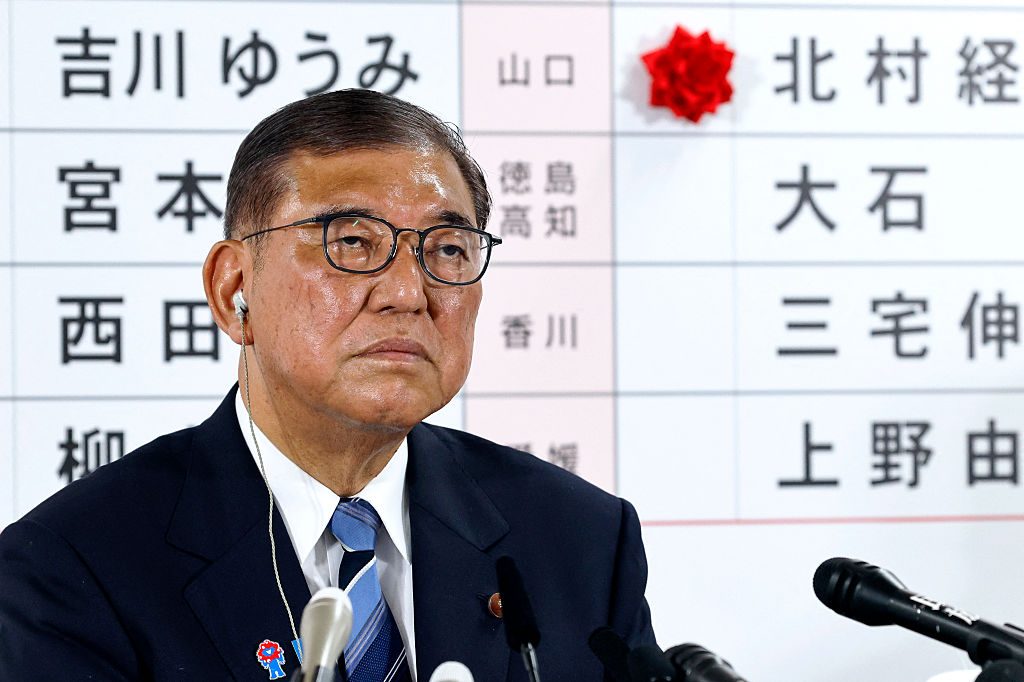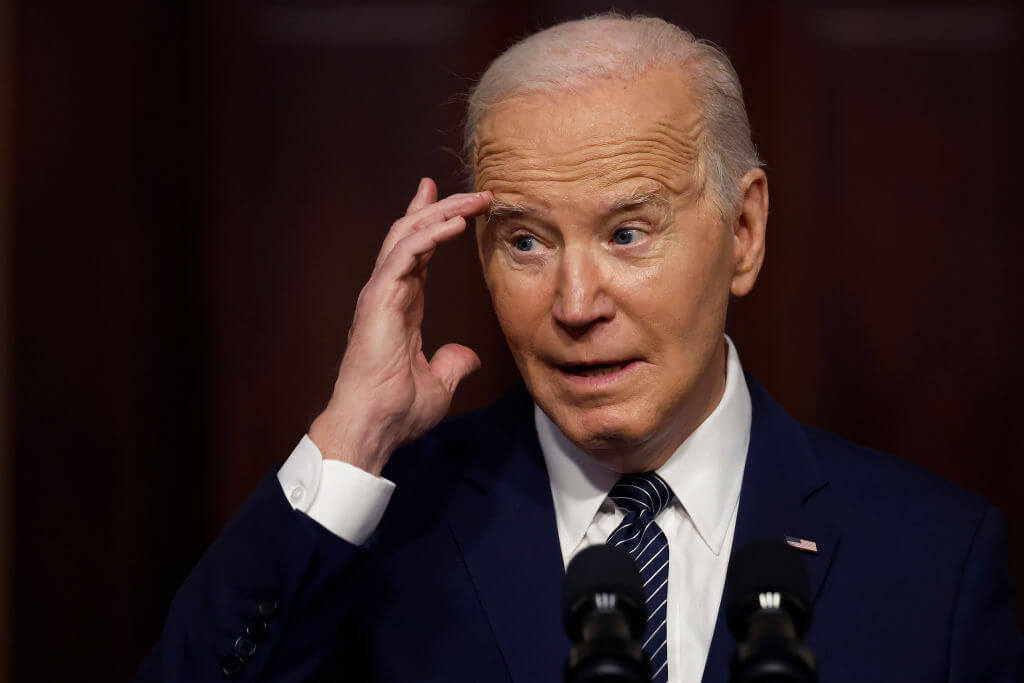“It is a difficult situation, and we have to take it very humbly and seriously.” This was the typically understated and solemnly delivered verdict of Japanese Prime Minister Shigeru Ishiba after his party and its coalition partners lost their majority in the Upper House elections on Sunday. It is the kind of wording used by Japanese doctors to inform patients that their illness is terminal (they never tell you directly). Ishiba insists he will stay on as PM, but long-term, he is probably doomed.
Ishiba’s party, the Liberal Democrats (LDP), and its partner, Komeito, needed 50 seats in yesterday’s election to hang on to a majority, but managed only 47. They may need to reach out to the fragmented opposition parties for some sort of enlarged coalition or issue-by-issue cooperation agreement. It is a mess, and there is no obvious solution except a general election.
The timing is awful. Trade negotiations with America are at an acute stage – Trump’s tariff deadline is August 1, and unless some sort of deal can be reached by then, a 25 percent levy will be imposed on Japanese cars. The Japanese automobile industry employs 6 million people domestically, and 1.7 million cars were sold in the States last year. The extent to which the Japanese automakers can absorb or work around the tariffs is unclear, but many here are understandably nervous. Time is running out.
To be fair to Ishiba, he appears to have done what he could. His trade envoy, Ryosei Akazawa, has visited Washington seven times. And there is still time for a compromise – US Treasury Secretary Scott Bessent is in Japan now. But Ishiba, who had a weak hand before the election, has an even weaker one now. His immediate options are either to step down (or be stepped down – he is vulnerable to the elder statesmen in his party) or cobble together a new coalition. Either scenario would make a last-minute trade deal with the US far more difficult.
It probably wasn’t the Trump tariffs that really hurt the LDP, though. Two issues dominated news coverage of this election. The cost of living (rising prices and stagnant wages) was a constant theme, with the various parties calling for either tax cuts or handouts as a response. The LDP favored the latter, with a proposed 20,000 yen ($135) payment to each citizen. This backfired, being seen as gimmicky, likely to make no difference or even tantamount to a bribe.
Then there was the issue of foreigners in Japan. This has raised the eyebrows and heckles of many expats here and caught the attention and opprobrium of the wider world, but it is important to put it in context. Japan still has a relatively low level of immigration: only 3.8 million foreigners reside here out of a population of 127 million, but that represents a 100 percent increase on just 13 years ago. A feeling of nervousness among some that Japan is heading in the direction of a Western European–style multiculturalism that nobody consented to, is perhaps understandable.
That said, some of the rhetoric, especially from one of the election’s winners, the Sanseito party (usually referred to as “far right” or “populist,” but I refuse to use these prejudicial and increasingly meaningless terms – let’s call them conservative) has been provocative. Sanseito’s leader, a former supermarket manager and English teacher, Sohei Kamiya, has talked of a “silent invasion.” Sanseito increased its Upper House presence from one to 14 seats.
Sanseito describes itself as a “Japan first party,” and Kamiya has vehemently denied that this means the members are antiforeigner, only that they wish to prioritize the Japanese and end what they call the “preferential treatment of foreigners,” without specifying where this supposedly occurs. With a record 37 million visitors in 2024, foreigners are a far more visible presence in the country, but a Japan News Network television poll found that only 6 percent of citizens rated immigration as a key issue, so it is not clear that this is where Sanseito’s appeal really lies.
Just as important, perhaps, was the continuing Japanese ennui with the LDP. Years of drift, a succession of uninspiring leaders, and many, many scandals (such as the revelation that most of the LDP were in cahoots with the exceedingly murky Unification church) seem to have finally induced at least some voters (it is important not to exaggerate, the LDP remain the largest party in Japan) to try something new.
The problem is that there is nothing that is both new and wholly credible available. Sanseito may not quite deserve the demonization of the establishment, but many see it as more of a highly energized protest party than a functioning vehicle for national renewal. It is not at the gonzo end of Japanese politics – it has a sophisticated membership and vote-gathering operation – but it is very much a work in progress.
Much as with the UK’s Tories and Reform parties, at least when they first emerged, it is still not entirely clear if voters see Sanseito as the future, or as a way to send a message to the LDP, whose condition is difficult but perhaps not terminal, to get its act together. Japan does, however, need something new, or at least a significantly improved version of something old.


























Leave a Reply